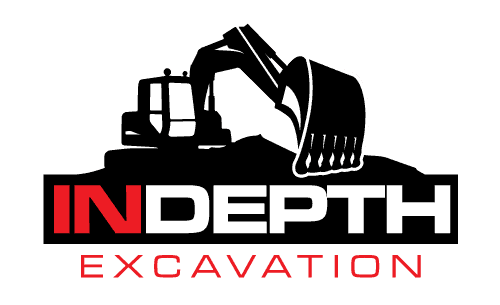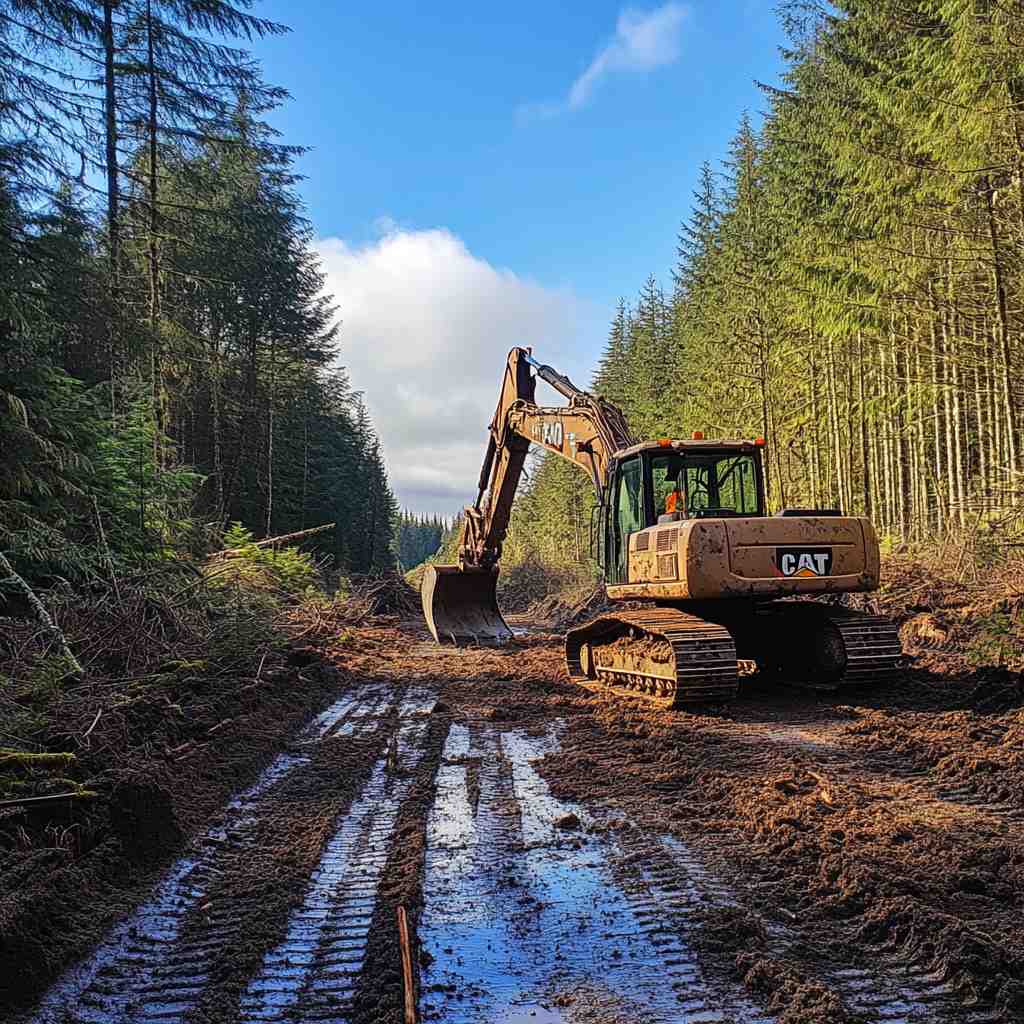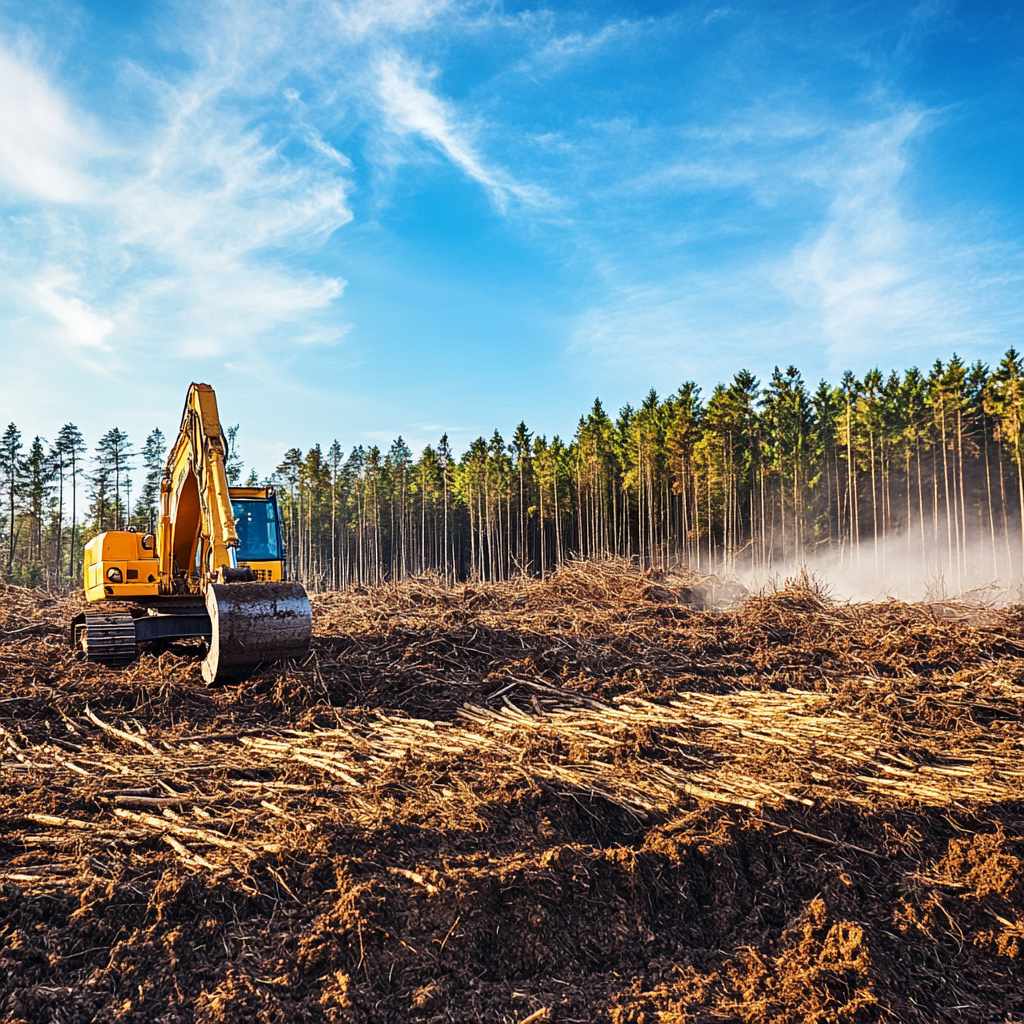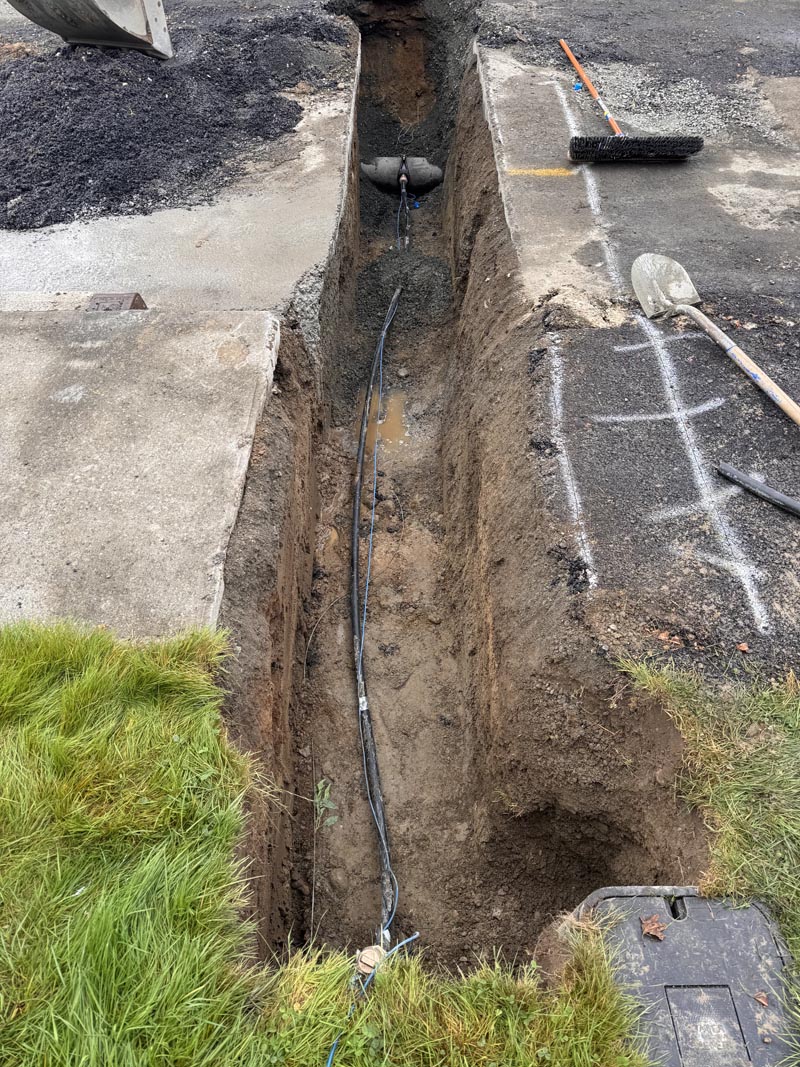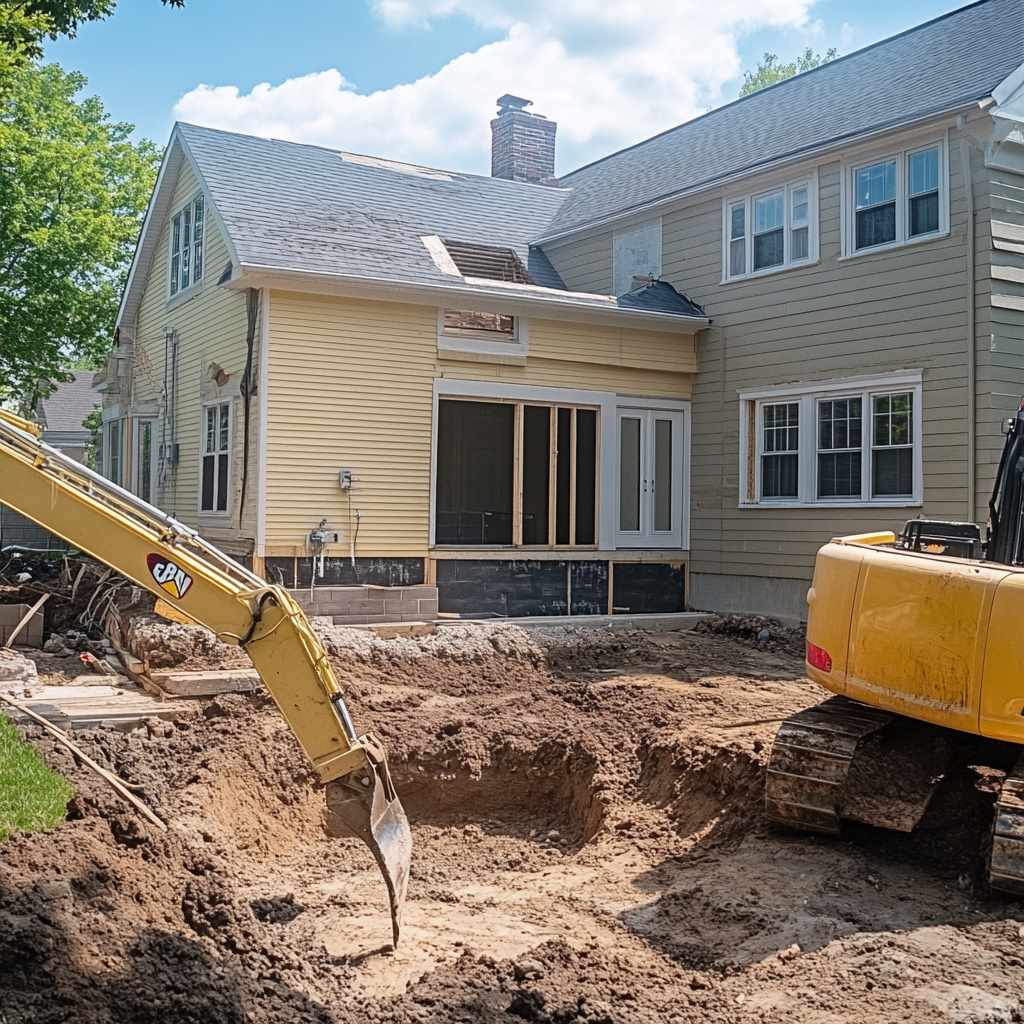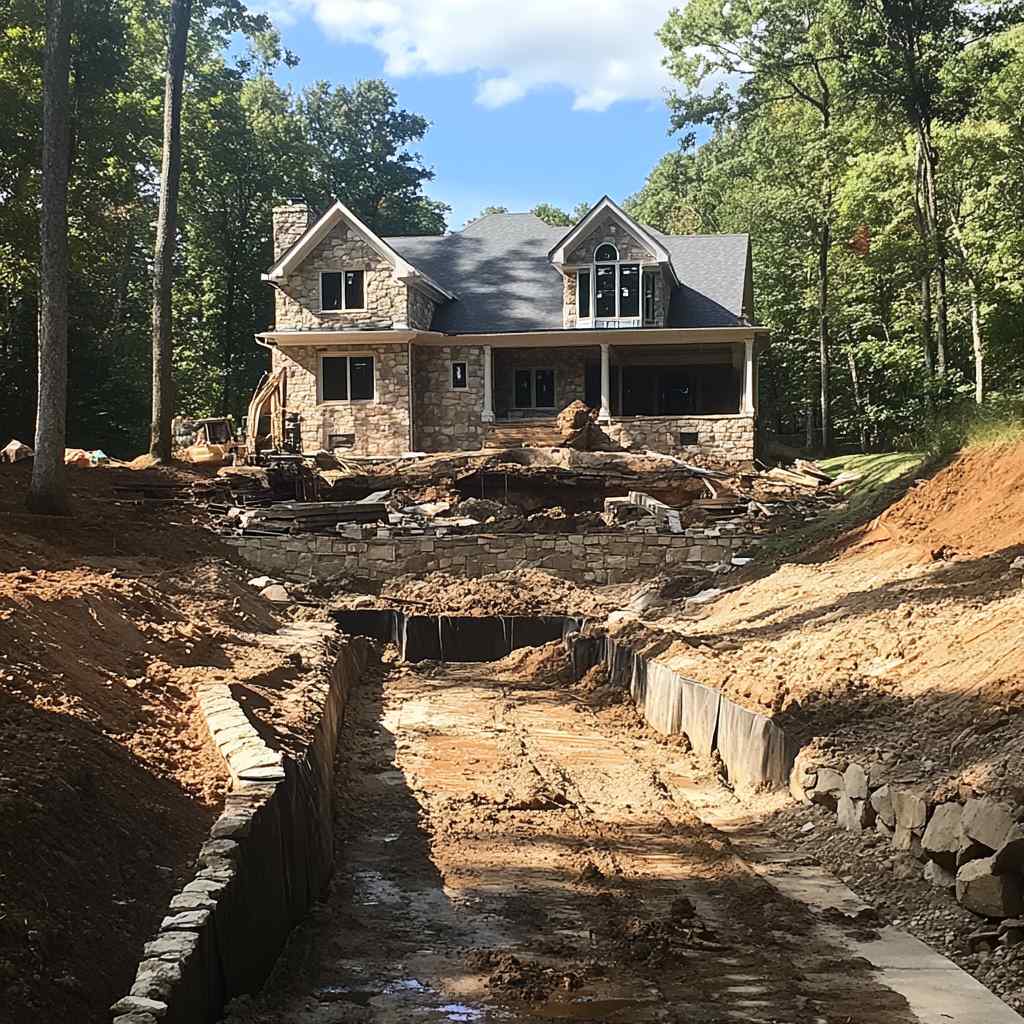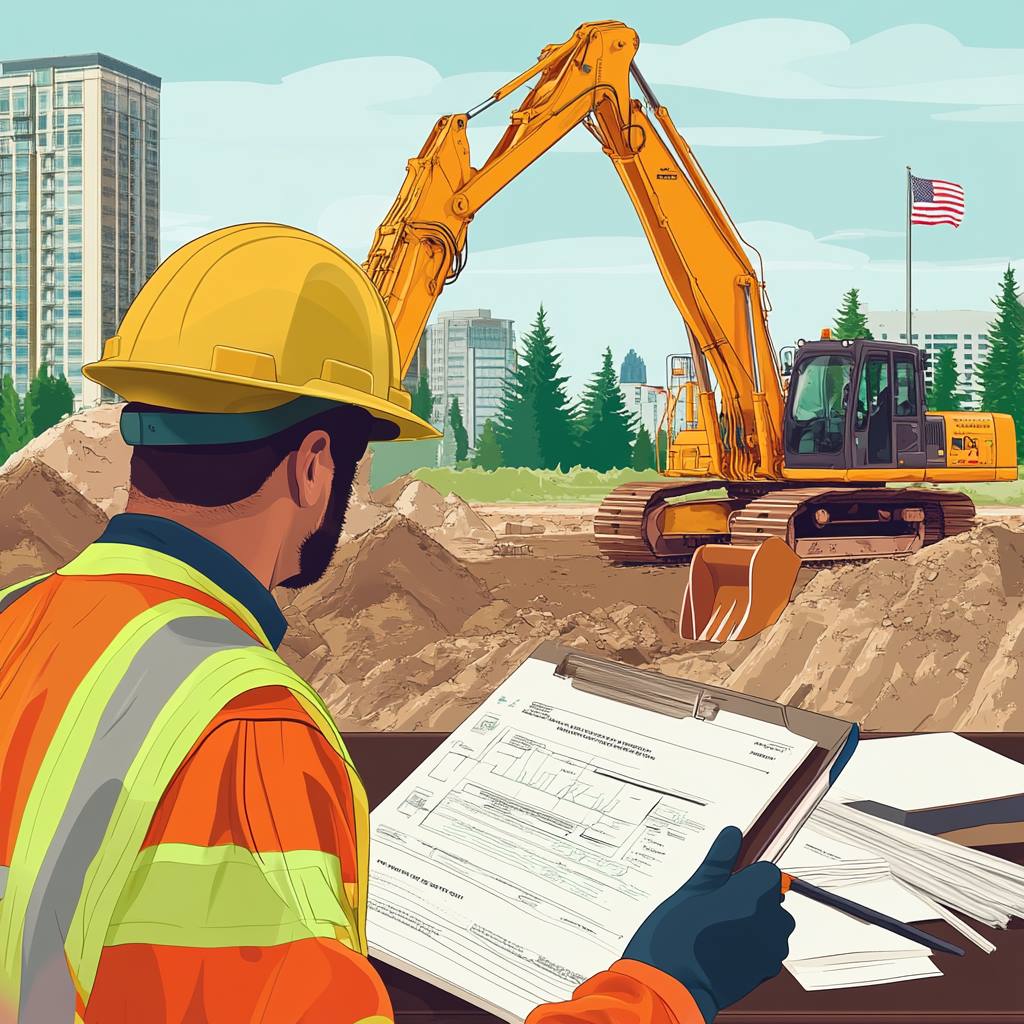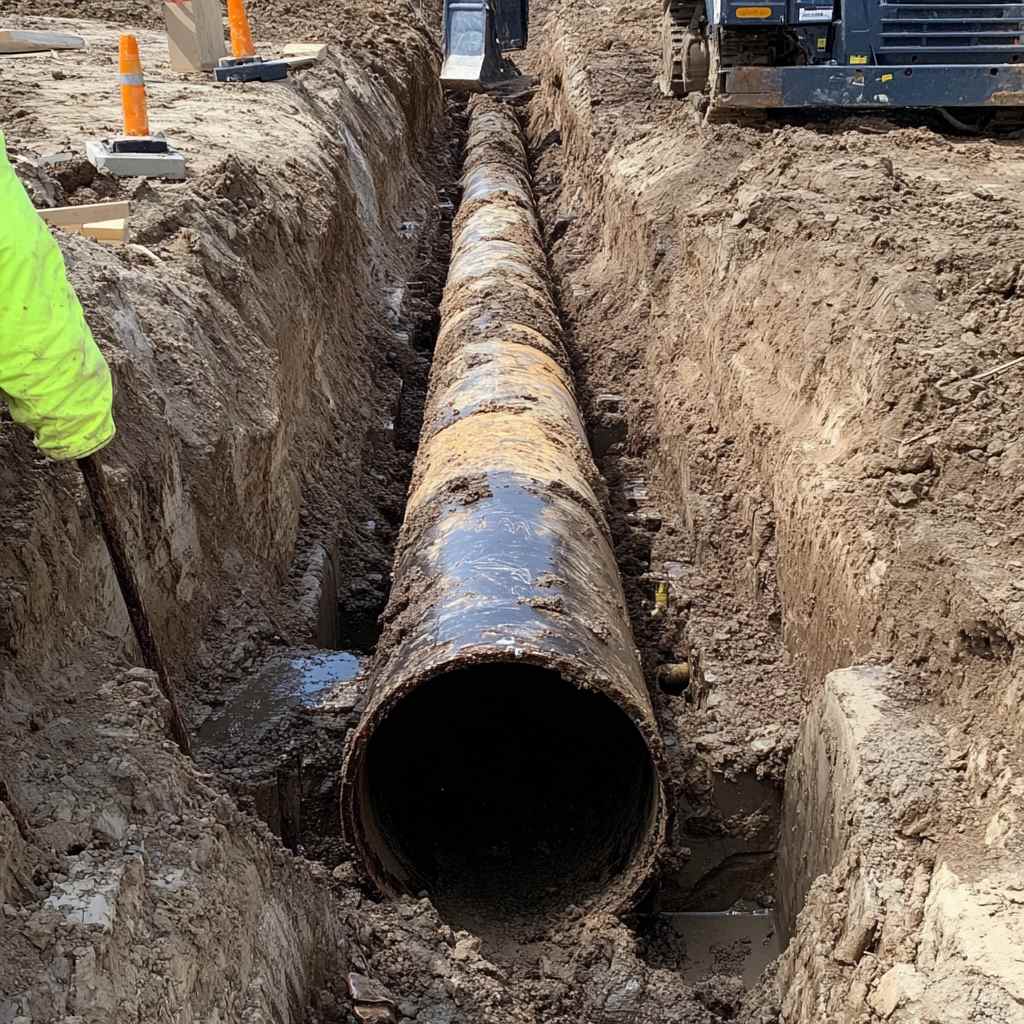Land clearing is all about getting a piece of land ready for something new. It usually means removing trees, brush, debris, and anything else standing in the way. Whether you’re planning to build a home, set up a commercial site, or start a fresh garden, clearing the land is the first big step.
Understanding what land clearing costs can make a huge difference when you’re getting ready to turn plans into reality, especially around Snohomish County. In-Depth Excavation, your local go-to for land clearing services, is here to break down what goes into the pricing, explain what you can expect, and answer some of the most common questions people have about these kinds of projects.
Here’s a general idea of what land clearing costs based on project size in Snohomish County:
Small Residential Lot (Less than 1/4 acre): $1,500 – $3,000
Medium Residential Lot (1/4 acre to 1 acre): $3,000 – $6,000
Large Residential Lot (Over 1 acre): $6,000 – $10,000+
Curious about what drives these costs, and how to plan your project smarter? Keep reading.
Factors for Calculating Land Clearing Costs in Snohomish County, Washington
The cost of land clearing in Snohomish County can swing quite a bit, depending on a few important factors. Knowing what drives those numbers helps you plan smarter and avoid surprises once work gets underway. Here’s a closer look at what shapes the final price:
Size of the Land
The bigger the area, the more it’s going to cost. Clearing a small backyard doesn’t take the same time or equipment as clearing a few acres for a farm or commercial site. More ground means more labor, more machinery, and more hauling, and that all adds up.
Topography
The shape of the land changes everything. Flat, easy-access land is quicker and cheaper to clear. But if you’re dealing with:
Steep slopes: You’ll need special equipment and skilled operators to work safely, which raises costs.
Rough terrain: Hills, dips, and rock outcrops usually call for extra work like grading or terracing, adding more to the bottom line.
Vegetation Density
What’s growing on the land matters just as much as the size.
Light brush or small plants are quicker and cheaper to remove.
Dense shrubs take longer and require more effort.
Large, mature trees especially hardwoods, need heavy-duty equipment and expertise, pushing the price even higher.
Presence of Structures
Old sheds, fences, barns, even abandoned pools, if anything is already sitting on the land, it’ll cost extra to tear down and haul away. The size and type of the structure (and how easy it is to get rid of) will factor into the cost.
Disposal of Debris
Clearing the land is one thing. Getting rid of the mess is another.
Different types of debris (like wood, brush, or concrete) can come with different disposal fees based on local rules.
Bigger piles of debris mean more trips to disposal sites, which can rack up transportation costs.
If the nearest dump or recycling center is far away, that hauling distance can add another layer to your budget.
Permits and Inspections
Most land clearing projects in Snohomish County will need permits, and sometimes inspections too. Permit fees depend on the size and scope of the project, and they vary from town to town. It’s a good idea to check with the local planning office early to understand what paperwork and fees you’ll need to factor into your budget.
Breaking Down the Cost of Land Clearing in Snohomish County
Understanding the various components that contribute to the total cost of land clearing empowers you to make informed budgeting decisions. Here’s a detailed breakdown of the key cost elements:
- Labor:
This includes the hourly rate of the crew members and equipment operators involved in the clearing process. It encompasses:
- Crew size: The size of the crew needed will depend on the project’s scale and complexity. Larger projects usually require more personnel.
- Experience level: More experienced crews might command a higher hourly rate due to their expertise and efficiency.
- Labor hours: The total number of hours the crew spends on the project directly impacts the labor cost. This is influenced by factors like project size, complexity, and encountered challenges.
- Equipment:
The type and size of machinery required for your project significantly influence the cost. Common equipment used in land clearing includes:
- Bulldozers: Effective for clearing large areas, pushing debris, and basic grading.
- Excavators: Versatile for digging, tree removal, loading debris, and various other tasks.
- Skid steers: Compact and maneuverable for clearing smaller areas, brush removal, and light-duty tasks.
- Chippers: Process wood debris into smaller pieces for easier hauling and disposal.
- Grinders: Grind stumps and roots underground, minimizing surface disruption.
The cost of equipment rental or use typically falls under one of two categories:
- Hourly rate: Some companies charge an hourly rate for equipment use, based on the type and size of the machinery.
- Daily rate: Others offer a daily rate for equipment rental, which might be more cost-effective for longer projects.
- Hauling:
The transportation and disposal of cleared vegetation and debris are crucial aspects of any land clearing project. Here’s what contributes to the hauling cost:
- Volume of debris: The larger the volume of debris, the more trucks or hauling trips required, impacting the cost.
- Hauling distance: The distance to the disposal facility directly affects the cost, as longer distances require more fuel and travel time.
- Disposal fees: Different types of debris, like wood, brush, or concrete, may have varying disposal fees based on local regulations and recycling options.
- Permits and Inspections:
Obtaining necessary permits and inspections from the local authorities adds to the overall project cost. The cost can vary depending on:
- Project size and scope: Larger or more complex projects typically require more permits and inspections, leading to higher costs.
- Local regulations: Different counties and municipalities might have varying fee structures for permits and inspections.
Costs per Type of Project
When it comes to land clearing in Snohomish County, costs will vary depending on the size of the project. Here’s a general breakdown:
Small Residential Lot (Less than 1/4 acre): $1,500 – $3,000
Medium Residential Lot (1/4 acre to 1 acre): $3,000 – $6,000
Large Residential Lot (Over 1 acre): $6,000 – $10,000+
These ranges cover most standard clearing jobs, but special site conditions, dense vegetation, or additional debris removal can push costs higher.
Why Choose In-Depth Excavation for Your Land Clearing Needs?
At In-Depth Excavation, they love to say, “Your Hole is Our Goal.” But it’s more than a tagline, it’s how they approach every project. As a trusted name in Snohomish County, they bring over 60 years of combined experience to every land clearing and excavation job.
Here’s what sets them apart:
Professionalism and responsiveness: They keep communication clear from start to finish, so you’re never left wondering about the next step.
Safety first: Protecting their crew, your property, and the environment is always our top priority. They meet or exceed all industry safety standards.
Efficiency and affordability: They work hard to finish projects on schedule and within budget, without cutting corners.
Whether you’re clearing a small backyard or opening up land for a larger build, they’re ready to help you move forward with confidence.
Ready to Take the First Step?
Contact In-Depth Excavation today for a free consultation and quote. Their experienced team will assess your land, discuss your project goals, and provide a personalized estimate tailored to your specific needs. Let them help you transform your vision into reality!
Contact In-Depth Excavation:
FAQs about Land Clearing Costs in Snohomish County
Unfortunately, there’s no single “average” cost for land clearing due to the various factors influencing the project price. However, the cost typically falls within the range of $1,500 – $10,000+, depending on the size of the land, topography, vegetation density, presence of structures, and other factors discussed in this guide.
The size of the land, topography, and vegetation density are generally the most significant cost drivers. Larger areas, steeper slopes, and denser vegetation all require more time, resources, and specialized equipment, leading to higher costs.
The best way to get an accurate estimate for your project is to consult with a reputable land clearing contractor like In-Depth Excavation. They can assess your land, understand your needs, and provide a personalized quote based on the specific factors affecting your project.
Permitting requirements vary depending on the project size, location, and local regulations. It’s crucial to consult with your local planning and development department to understand the specific permits and inspections needed for your project and any associated fees.
Land clearing companies typically handle debris disposal as part of their services. However, it’s essential to ensure they follow proper regulations and dispose of debris responsibly at designated facilities. You can also inquire about recycling options for specific materials like wood or brush.
Hiring professionals like In-Depth Excavation offers several benefits:
Expertise and experience: They possess the knowledge and experience to handle projects efficiently and safely.
Proper equipment and resources: They have access to the necessary equipment and resources to complete the project effectively.
Permits and compliance: They can handle the permitting process and ensure adherence to local regulations.
Time and cost savings: They can potentially save you time and money through their efficient work methods and established relationships with disposal facilities.
